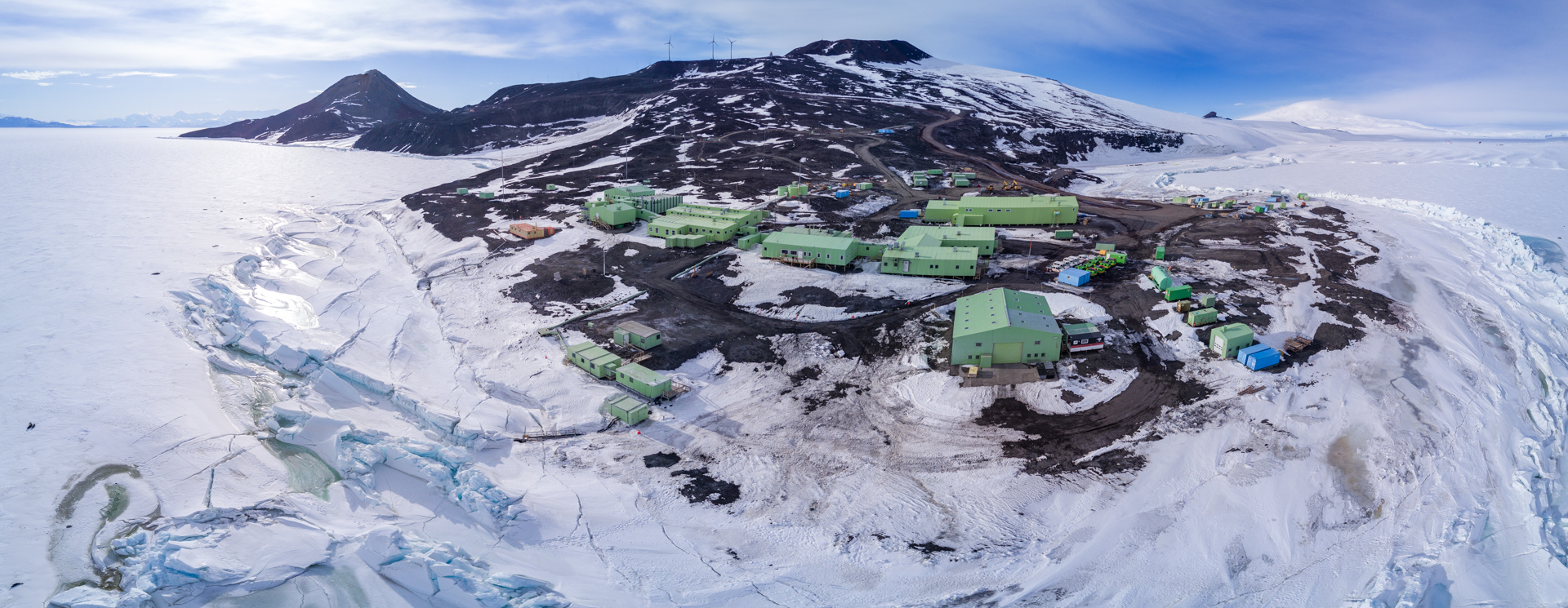
Geneva – The ozone layer is on track to recover within four decades, with the global phaseout of ozone-depleting chemicals already benefitting efforts to mitigate climate change.
This is the conclusion of a UN-backed panel of experts. Examining novel technologies such as geoengineering for the first time, the panel warns of unintended impacts on the ozone layer.
The UN-backed scientific assessment panel to the Montreal protocol on ozone depleting substances quadrennial assessment report confirms the phase out of nearly 99 percent of banned ozone-depleting substances has succeeded in safeguarding the ozone layer.
This has led to notable recovery of the ozone layer in the upper stratosphere and decreased human exposure to harmful ultraviolet (UV) rays from the sun.
If current policies remain in place, the ozone layer is expected to recover to 1980 values, before the appearance of the ozone hole, by around 2066 over the Antarctic, by 2045 over the Arctic and by 2040 for the rest of the world.
The Antarctic ozone hole has been slowly improving in area and depth since the year 2000.
That ozone recovery is on track according to the report is brilliant news for the planet.
Ozone action sets a precedent for climate action. Our success in phasing out ozone-eating chemicals shows us what can and must be done as a matter of urgency to transition away from fossil fuels, reduce greenhouse gases and so limit temperature increase.
The assessment panel examined the potential effects on ozone of the intentional addition of aerosols into the stratosphere, known as stratospheric aerosol injection (SAI).
The Montreal Protocol is a global agreement to protect the Earth’s ozone layer by phasing out the chemicals that deplete it.
The landmark agreement entered into force in 1989 and it is one of the most successful global environmental agreements.
Thanks to the collaborative effort of nations around the world, the ozone layer is on its way to recovery and many environmental and economic benefits have been achieved.

